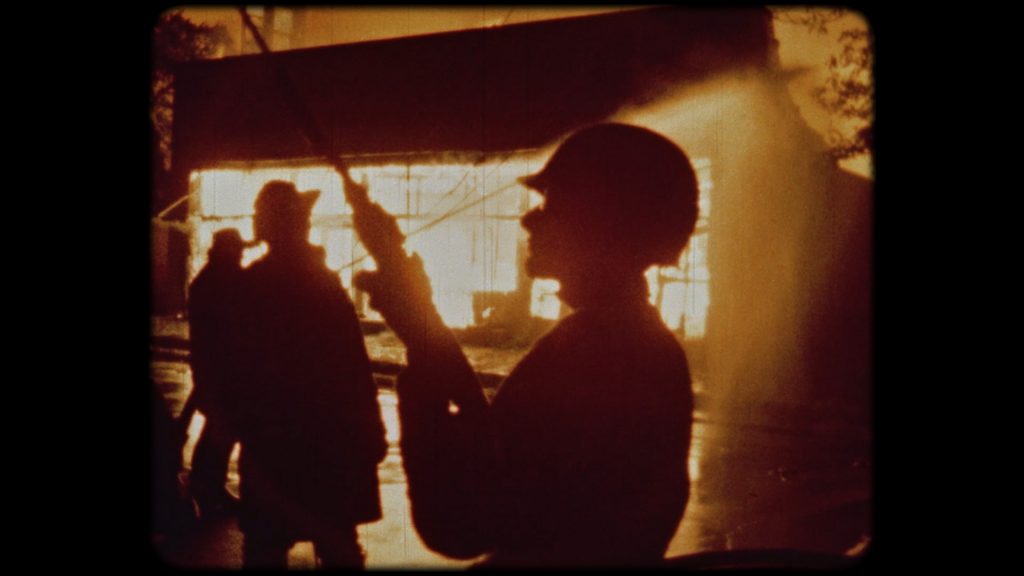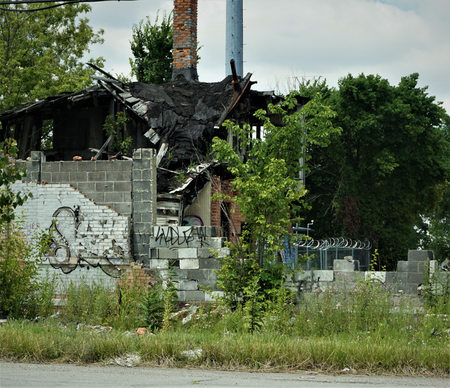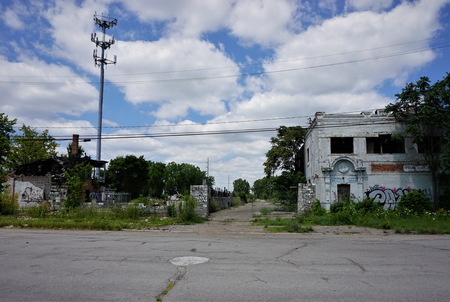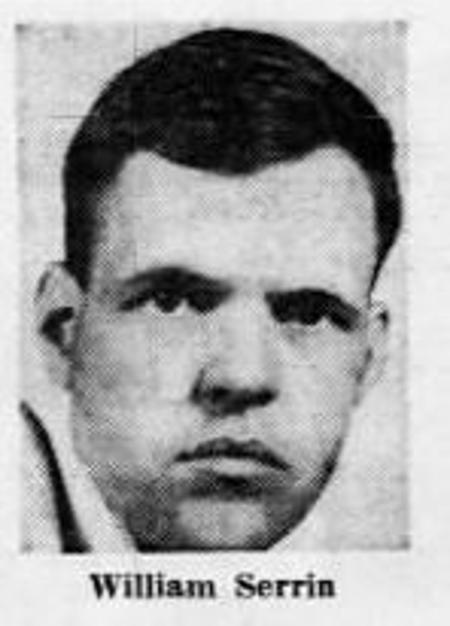Effect of July 1967 on Detroit’s East Side Is Often Overlooked
Brian Rentschler filed this report for WDET in 2007.

Editor’s note: Brian Rentschler filed this story for WDET. It aired in 2007.
Detroit’s east side is one of the oldest parts of the city. It also experienced some of the first ripple effects of the July 1967 civil disturbance. That often gets overlooked when people talk about that summer’s events.
In the months leading up to the riot, it was apparent that there was racial tension in many U.S. cities. In 1965, riots erupted in the Watts neighborhood of Los Angeles. A year later, violence broke out in Cleveland. And 11 days before Detroit’s civil unrest, Newark, New Jersey saw a riot that arose for many of the same reasons as the one here. Journalist Bill Serrin was part of the Detroit Free Press team that won a Pulitzer Prize for its coverage of the disturbance. Serrin fondly remembers the city when he arrived from Saginaw in March, 1966. But, he says, there was a palpable tension.
“I thought that I had come to Paris. I really did,” Serrin says. “You could go anywhere in Detroit. I went to African-American bars. I heard Horace Silver play. You could do those things. But stuff was simmering. There’s no doubt about it.”
Call it ignorant bliss, but many eastsiders were enjoying the great American city that Detroit had come to represent in previous years. Jobs were available, there were nice neighborhoods, and one of the best school systems in the country. Even though racial tensions began to rise in the mid-’60s because of low minority representation in city government and on the police force, neighborhoods were far more integrated than they are today. Robert Davis is a retired Chrysler auto worker. He has lived on Concord at Charlevoix on the city’s east side since 1948. There, he and his wife raised four children. When the riot broke out, Davis lost many corner stores in his neighborhood. These were not the party stores that populate so many neighborhoods today. These were small mom-and-pop grocery and hardware stores. Davis says the loss of those stores was a devastating blow.
“They burned up all the business in the neighborhood,” Davis says. “You need certain business in your neighborhood, and we didn’t have that no more. You know, I mean, they just had a beautiful supermarket on Kercheval and Concord, and 10-cent stores, and all kinds of drug stores and things. Everything was convenient. Stores that you could walk to and get what you want. You didn’t have to go downtown catch a bus and go somewhere to get what you want before that riot.”

Suzanne Mahoney was the teenage daughter of a Detroit Police officer living near City Airport. Her father worked out of the 7th precinct and normally patrolled Davis’s neighborhood. She had numbed to the danger her father faced every day as a police officer. That is, until late July, 1967.
“It was scary for us. Yeah, we were very, very worried about our dad,” Mahoney says. “I think it was the turning point for us because I can remember as a child my dad getting up in the morning, putting on his uniform, putting on his gun, and leaving, and I never felt threatened. It was just his routine, and I have to say I think my dad told me that he never shot his gun in the whole time that he was a police officer.”
In September, Free Press reporter Bill Serrin co-wrote a piece called “The 43 Who Died“. It recalled the stories of those who lost their lives in the riot. Serrin says the story of a young man who died in that 7th precinct neighborhood had a profound impact on his career.
“About third or fourth day of the riot, or the second or third day, I was just writing in the front of the City Room and there’d been a young man killed on the east side,” Serrin recalls. “I wrote the story and the police said he was a sniper and he’d been shot with a weapon in his hand. A week or two later a guy comes up to my desk and he has one or two little boys with him. And he’s a white man from Kentucky, and he says ‘Are you Bill Serrin? I’m the father of the kid who was the alleged sniper.’ And he had pictures of that young man laid out in his coffin in the living room of the home in Kentucky. And he says ‘I just drove up here to tell you,’ and this is all the way from Kentucky mind you, ‘That my boy was not a sniper.’”
Serrin checked out the man’s story. “And we found that he had, like so many hundreds of thousands of others, come to Detroit and work in the auto plants and make some money from the South, from the mountains of Appalachia,” Serrin says. “And he was carrying a broom in his hand. I called up some editors, and Kurt Luedtke and Neal (Shine) and said we have to do an investigation into each of these deaths. And we did. And that really changed my life. I think I became a much more serious person after that. I’ve never forgotten that story.”
That young man, Clifton Pryor, came to Detroit like so many others during the 1920s, ’30s, and ’40s looking for a brighter future. After the riot, many began to leave. There was a mass exodus of white residents to the suburbs, including Warren, St. Clair Shores, and the Grosse Pointes. “White flight” was in full effect.
Suzanne Mahoney says the stress of the riot contributed to her father’s heart attack, and eventually he moved the family out of the city.
“He stayed until the early ’70s,” Mahoney says. “At that time, police officers were required to live in the city. So he felt the city was changing and he wanted to move away. He sold his home after he retired and moved farther up north. I think he did it (his job) all those years, and he just had had enough.”

Bill Serrin did just the opposite. A native of Saginaw living in Pontiac in July ’67, he and his family reversed white flight and moved into the city’s east side two years after the riot. After short stints in Lafayette Park and on Van Dyke, the family settled in Indian Village. Sarin had a love for the city, yet he says life in Indian Village was tough in the early ’70s.
“There was a homicide at each of the grocery stores we shopped at,” Serrin recalls. “It was tough.”
Bill Serrin and his family stayed on the east side and watched the neighborhood crumble until he got a job offer in New York. He has returned to Detroit several times since leaving for New York. Whenever he comes back he makes a point to drive around the city and visit his old neighborhood. He describes it as some of the worst deterioration he had seen.
“I came back again, and God, I drove all around, and I know things are going well in some ways, but go into the neighborhoods. It looks like Beirut,” Serrin says. “Our house — I planted 29 trees at that house — it’s empty and has three broken windows. And that’s Indian Village.”
Decades later, during his tenure as mayor, Kwame Kilpatrick announced an initiative to help restore deteriorating neighborhoods. East English Village was one of six neighborhoods chosen to share $125 million to increase police presence, provide small business loans, and issue facade improvement grants over five years. Whether it’s the intersection of 12th and Clairmount on the west side, or Charlevoix and Mount Elliot on the east side, Detroit, like all American cities, is nothing without its neighborhoods. Many residents hoped the program would finally heal one of the biggest casualties of the 1967 riot.
(This story originally aired in 2007.)

